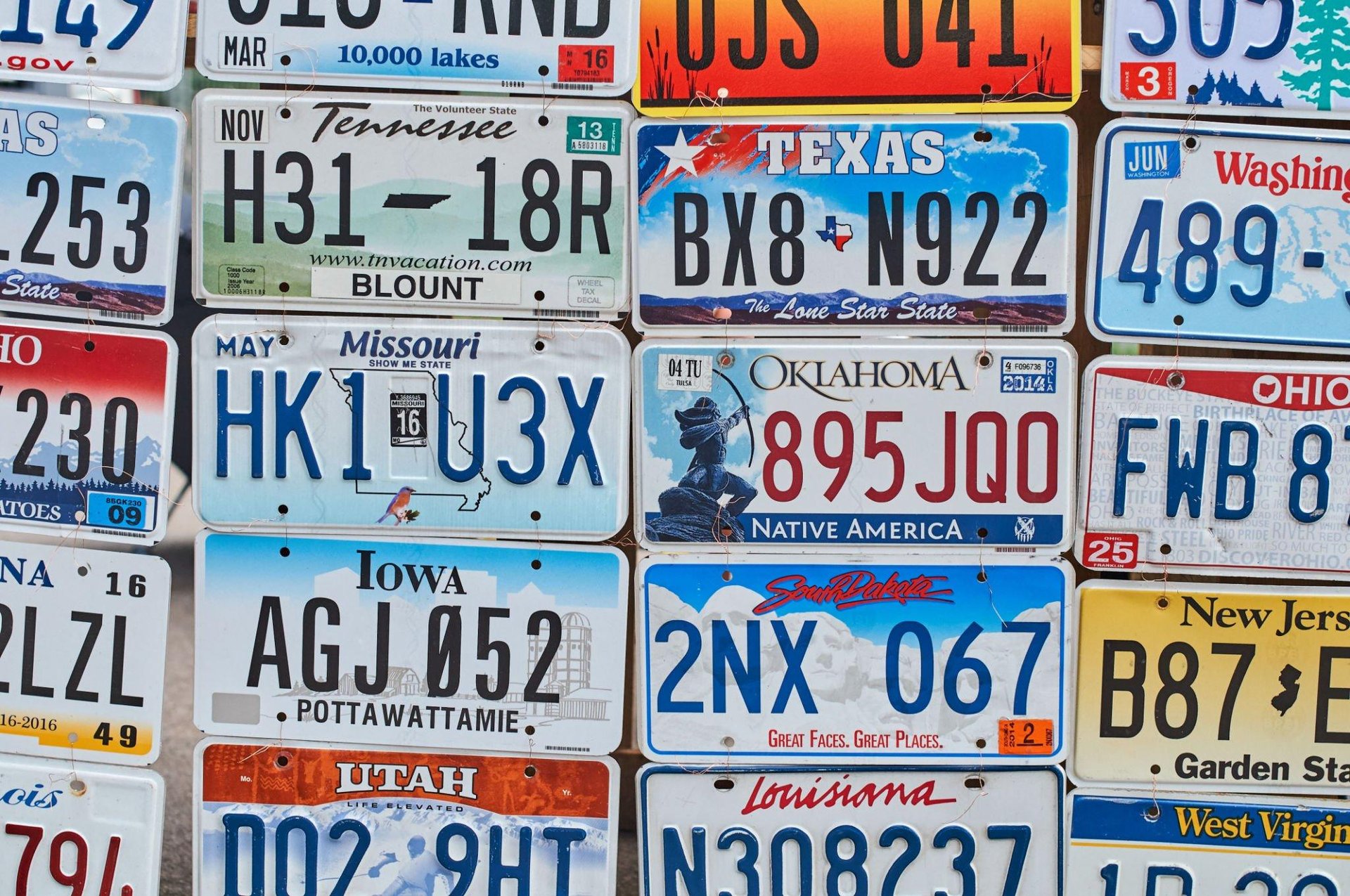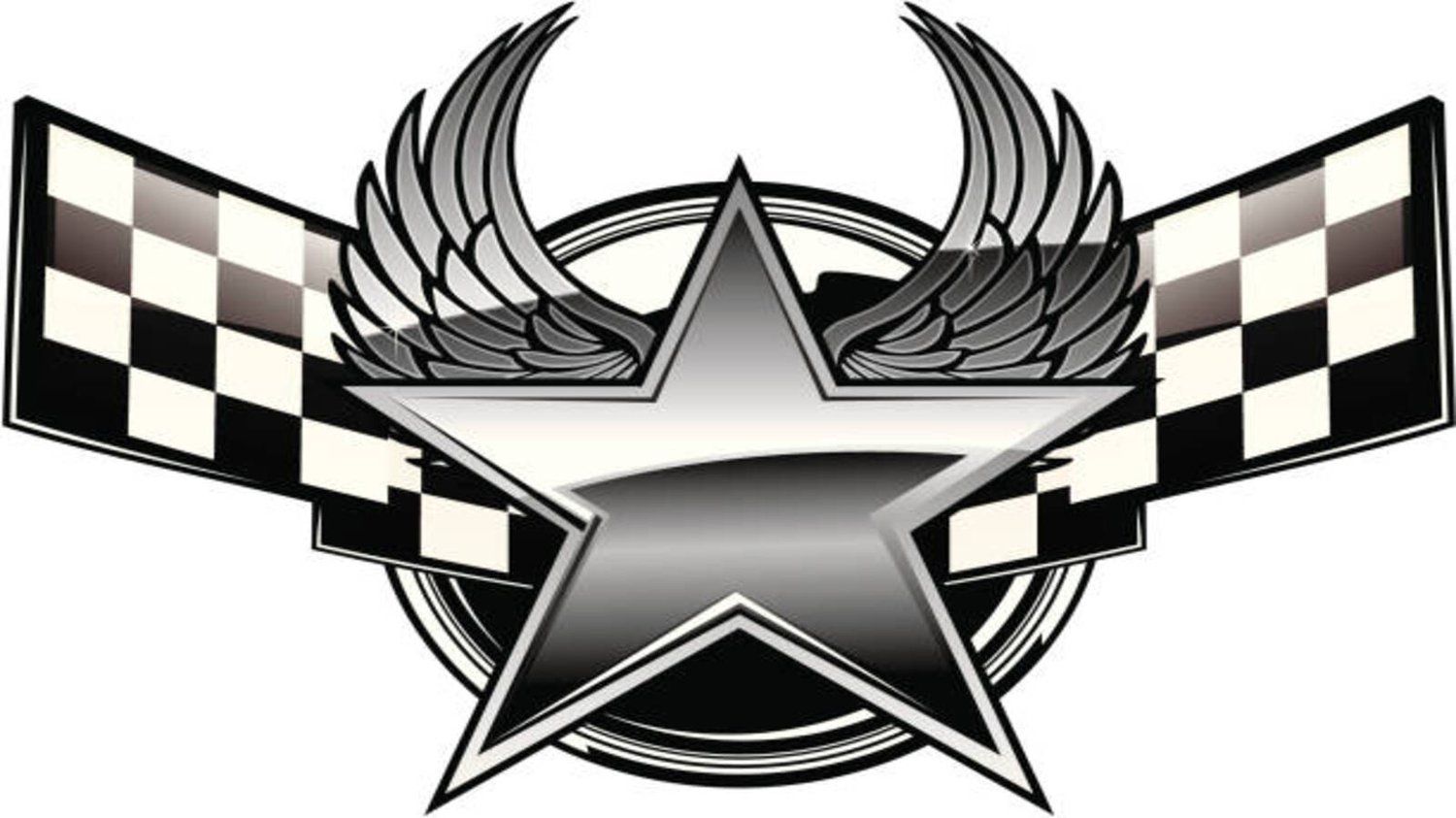Introduction
Customizing your car with emblem badges is an excellent way to express your personal style and make your vehicle stand out. These badges are available in a wide range of designs, sizes, and colors, allowing car owners to create a unique look that reflects their personality and preferences. In this article, we will explore the different ways to customize your car with emblem badges, the benefits of doing so, and some tips on how to choose the right type of badge for your vehicle.
1. Types of Emblem Badges
There are several types of emblem badges available on the market, including logos, decals, 3D badges, and overlays. Logos are the most common type of badge, featuring the manufacturer's logo or other custom designs. Decals are similar to logos but are usually smaller in size and less expensive. 3D badges are more premium badges that are made from materials like chrome or stainless steel, providing an elegant finish. Overlays are custom-designed stickers that are usually applied over the existing badges on the car.
2. Benefits of Emblem Badges
Emblem badges offer several benefits to car owners, including enhancing the aesthetic appeal of the car, adding a personal touch to the vehicle, and increasing the resale value. A well-designed emblem badge can transform the look of a car and make it more attractive, which can be useful when selling the vehicle. In addition, emblem badges can also act as a form of personal expression, allowing car owners to display their interests and hobbies on their cars.
3. Placement of Emblem Badges
The placement of emblem badges is essential to creating a cohesive design that complements the car's overall look. Some popular locations for badges include the front grille, rear trunk lid, side fenders, and wheels. The choice of placement largely depends on the type of car and the size and design of the badge. It is also essential to ensure that the badges are placed symmetrically to create a balanced look.
4. Size and Shape of Emblem Badges
The size and shape of the emblem badge can have a significant impact on the visual effect it creates. Small badges are ideal for discreet customization, while larger badges make a bold statement. The shape of the badge should also complement the car's design and blend seamlessly with the body contours. Square or rectangular badges work well with modern, angular designs, while circular or oval badges suit more classic, curved cars.
5. Choosing the Right Material
The material used to create the emblem badge can also affect the final look and durability. Some common materials include metals like chrome, stainless steel, and aluminum, as well as plastics and vinyl. Metal badges tend to be more durable and provide an elegant finish, while vinyl and plastic badges are more budget-friendly and come in a wide range of colors and designs.
6. DIY vs. Professional Installation
Installing emblem badges can be done as a DIY project, but it requires some level of expertise and attention to detail. Professional installation offers a more precise and flawless finish, which is especially important for premium badges. It is essential to have a clean surface and proper tools to remove the existing badges before installing the new ones. In addition, some badges may require wiring or adhesive for attachment, which can be challenging for novice installers.
7. Maintenance and Care
Proper maintenance and care of emblem badges can extend their lifespan and prevent damage or fading. Cleaning the badges regularly with mild soap and water can remove dirt and grime. It is essential to avoid harsh chemicals or abrasive materials that can scratch or damage the surface of the badge. In addition, waxing and polishing can help protect the badge from sun damage and enhance its shine.
8. Custom Designs and Personalization
Some badge manufacturers offer custom designs and personalization services, allowing car owners to create their own unique badges. These can include logos, images, or text that reflect the car owner's personality and interests. Custom designs may be available for a higher price but can offer exceptional visual impact and personalization options.
9. Trending Emblem Badge Designs
Emblem badge designs are constantly evolving, and some designs are trending in the automotive customization scene. Some popular designs include blacked-out badges, where the chrome or metallic finish is painted or coated in black, and matte-finish badges, which provide a more stealthy and understated look. Carbon fiber badges are also popular among car enthusiasts, providing a sleek and premium look.
10. Conclusion
Customizing your car with emblem badges is an exciting and rewarding project that can provide a unique expression of your personality and style. The different types, materials, sizes, and shapes of badges offer endless customization possibilities, and the placement and installation require attention to detail and expertise. By considering these tips and techniques, you can create a customized design that enhances the overall appeal of your car and showcases your individuality.


